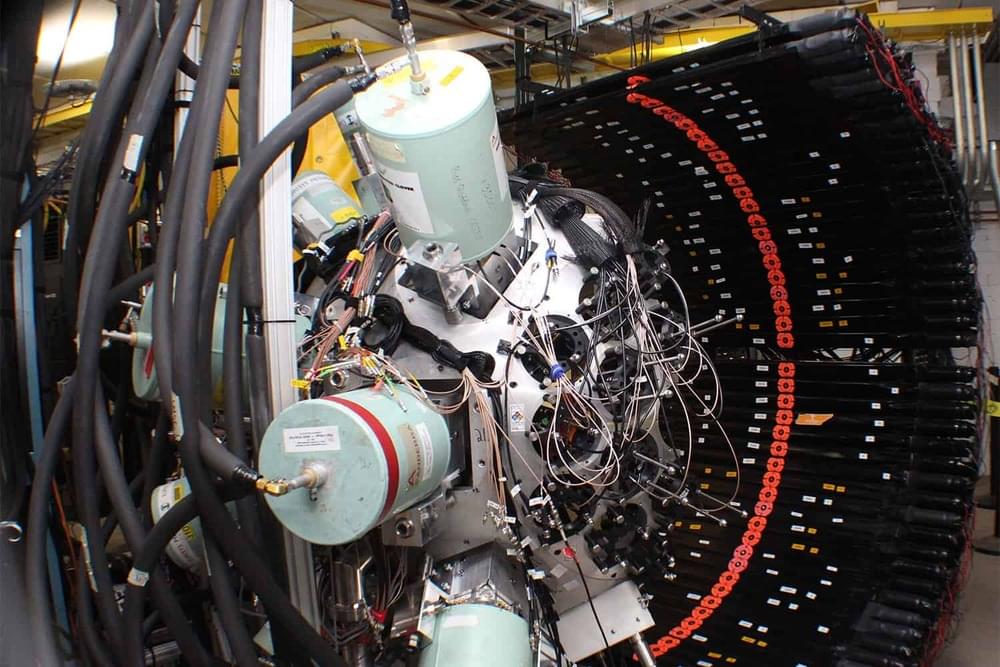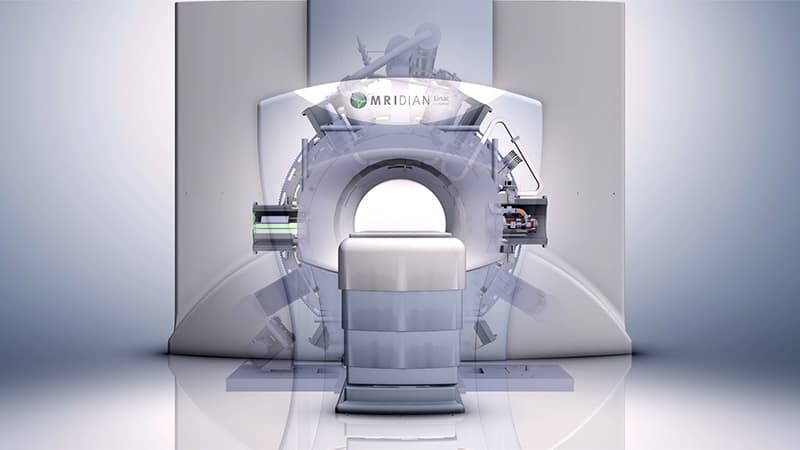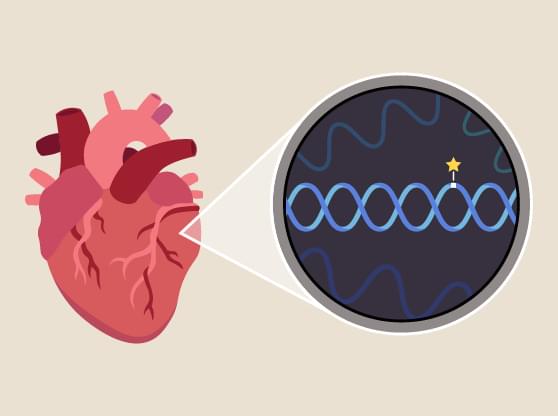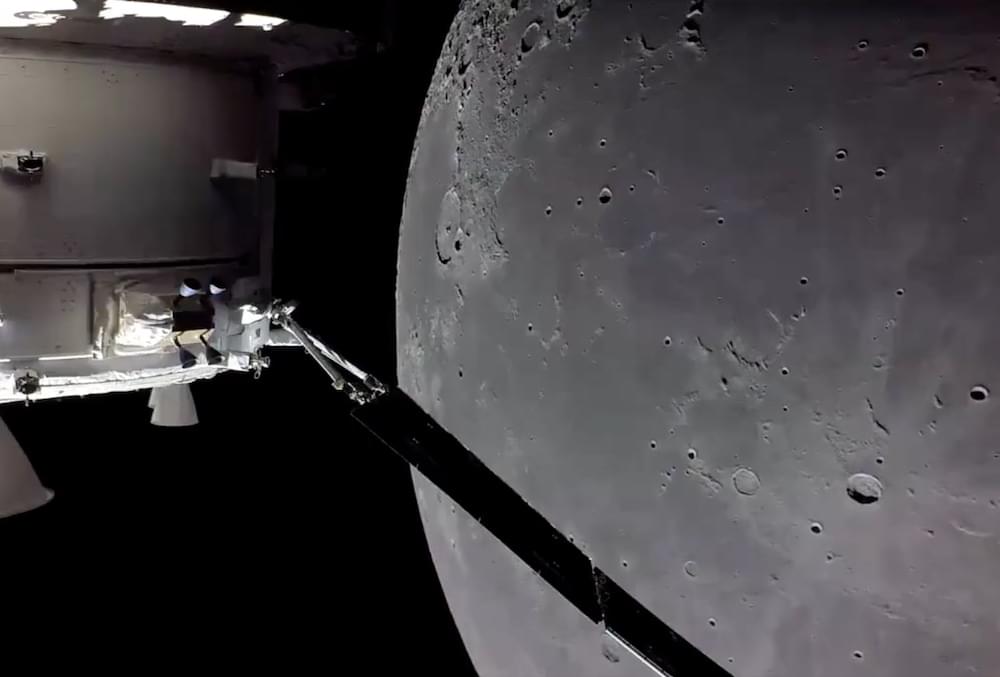Imagine having an autonomous RV.
We all love and dream of having an RV, but having an electric-powered autonomous RV could be the ultimate dream. There are many RV designs on trucks, but having an autonomous truck that drives you anywhere you wish while doing the chores could be the future of both transport and housing.
Based on the specifications Tesla revealed this week and how amazing these renderings of the electric truck as a motorhome appear, the Tesla Semi may become a fantastic electric-powered luxury RV.
Many individuals find the concept of an entirely solar-and electric-powered camper very appealing.
Jowua/Twitter.
There are many RV designs on trucks, but having an autonomous truck that drives you anywhere you wish while doing the chores could be the future of both transport and housing.








